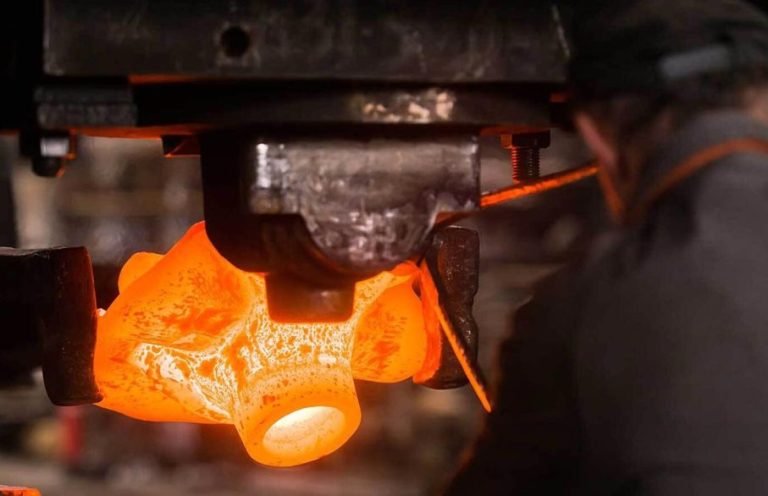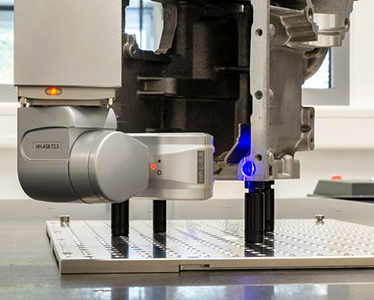Aluminium Forging
2023-08-25
Forging in maple is a very good manufacturing technique, but also a manufacturing process in which metal is pressed,,forged or squeezed under great pressure to produce high strength parts. Forged aluminum is ideal for applications where performance and safety are critical, but a lighter metal is needed for speed or energy efficiency.
The forging of aluminium alloys is the process of converting a uniform blank shape into a final product by hammering the material between shaped or flat dies. This working process may take place in one stage or several stages. The great majority of aluminium forgings are made in the heat-treatable alloys, but forgings in pure aluminium and in some of the non-heat-treatable alloys find application in certain fields. The technology has now reached an advanced stage of development, and precision forgings are used for many highly stressed parts, such as in aircraft undercarriage gear, internal combustion engines and other power units. Forged components have an advantage of near net shape, minimising further machining. Forged aluminum wheels on a racing car is a perfect example.
Types of Maple Forging
Primarily, there are three types of forging processes: open die forging is ideal for larger aluminum components; closed die forging is suitable for more complex designs and tighter tolerances, and ring roll forging used to create high strength annular applications.
High Performance and Power
Forging is used in applications where performance and strength are critical requirements.
Forged components are often found at stress and shock points. As extreme examples; Pistons, gears and wheel shafts in high-performance automobiles and aircraft are usually made of forged aluminum.
the desired surface quality and cleanliness.
Heat Treatment
Post aluminium forging parts are heat treated in accordance with automotive and Maple standards to provide targeted mechanical properties. In our solution and aging furnaces, temperature values are monitored and recorded by PLC control. In addition, the temperature distribution is measured with the periodic TUS test.
























































